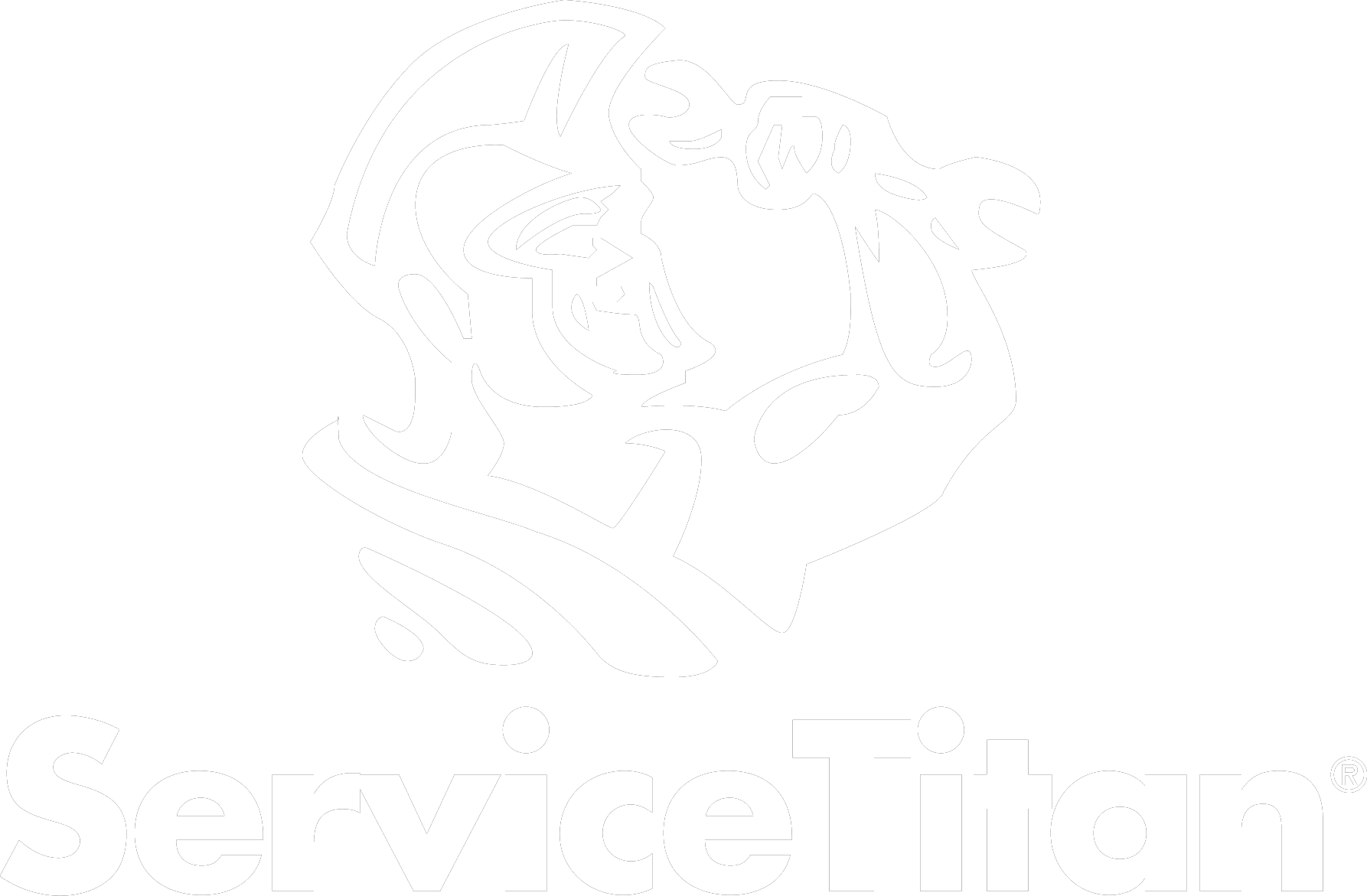Audrey Ortiz (on TrustRadius)
CRO Marketing Manager, ServiceTitan

Web Experimentation
Other testing tools? Cute. But if you want experiments that drive
real business outcomes, Optimizely is the only name that matters.
What sets us apart
Run smarter tests with AI-driven insights that scale across your business.
Deliver experiences at the edge for speed and reliability.
Unlock advanced testing methods to find what resonates best with your users.
Bring your team’s ideas together in one place, empowering everyone to brainstorm, create, and launch winning experiments together.
Users expect speed, and Optimizely is the only platform that ensures the fastest performance by running experiments at the edge to ensure flicker-free testing.
AI isn’t just a buzzword here—it's your secret weapon! Eliminate the guesswork by providing recommendations for test ideas, variation creation, and summarizing results so that you’re learning and optimizing with every test.
Optimizely’s industry-leading Stats Engine delivers faster and more accurate results with a higher confidence interval so every change drives real, measurable impact.
Empower your team to experiment with drag-and-drop variation creation, automated traffic distribution, and pre-built templates so you can increase velocity without waiting for developer resources.
Safe and secure data and regulatory compliance (GDPR, CCPA, HIPPA ready).
Bring all teams together on one platform to brainstorm, share, and iterate without jumping between platforms.
Audrey Ortiz (on TrustRadius)
CRO Marketing Manager, ServiceTitan

Colleen Chicks (On TrustRadius)
CRO Manager, National Academy of Sports Medicine
Web Experimentation is a platform that allows you to experiment via A/B or multi-variant testing on any channel or device with an internet connection.
Implementation is as simple as pasting a snippet of code on pages where you would like to test or track goals. Tests will run as quickly as they can be added.
With Edge Delivery, your experiments are deployed directly at the edge via your Content Delivery Network (CDN), ensuring lightning-fast load times and a seamless user experience—with zero flicker and no compromise on performance across web, mobile, and landing pages.
No code changes are required for Optimizely Web Experimentation. We provide project-level configuration options that allow you to choose which platform you want to use.
Yes, Optimizely is fully PCI DSS, ensuring your customer data is handled with the highest levels of security and care.
We count conversions based on unique visitors to your page through our advanced analytics system, meaning users are only counted once regardless of how many times they trigger conversions.